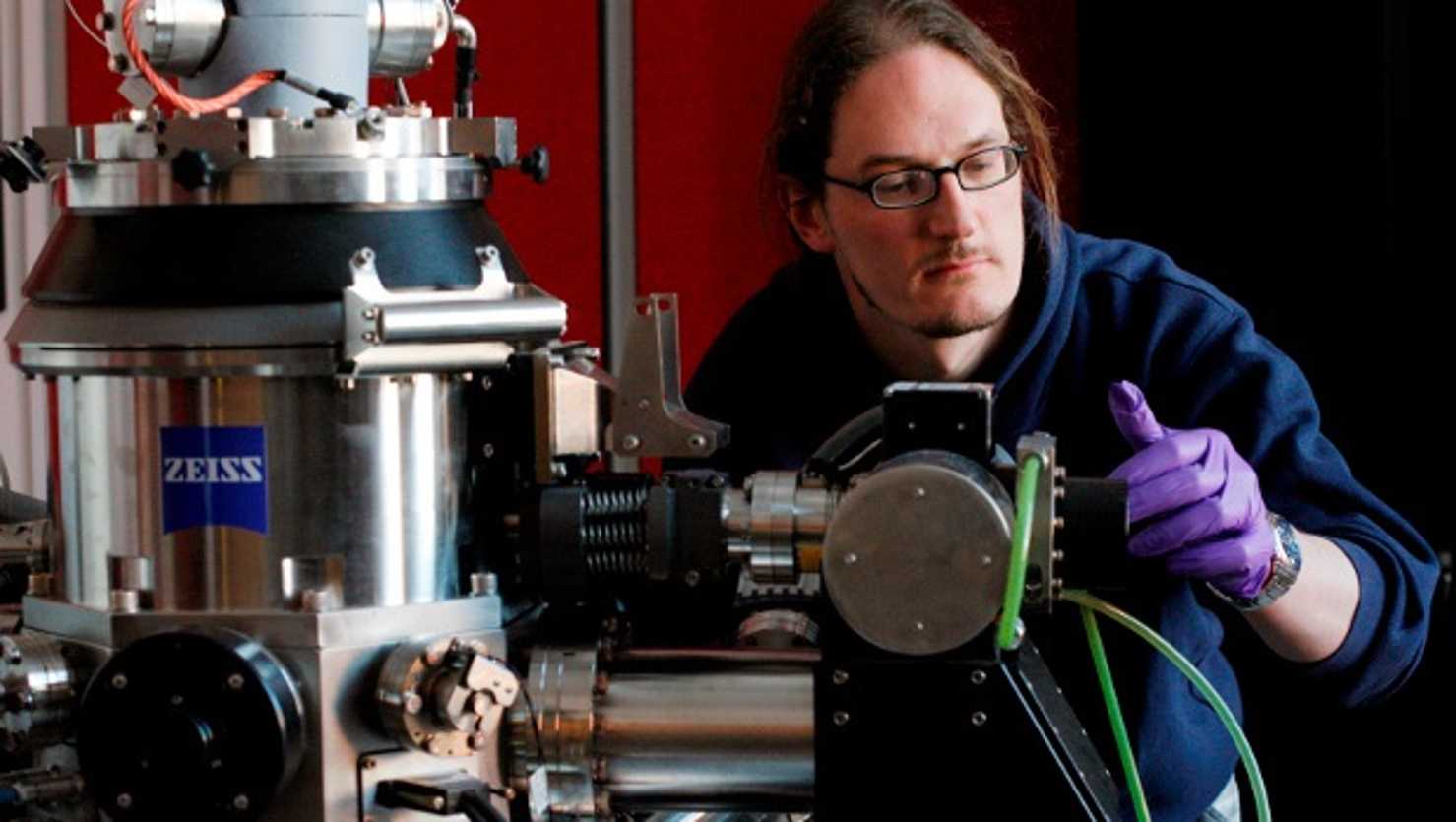- AMBER Researchers Building a Life on Mars
Future space missions will need to fabricate building materials on the moon or Mars from local soil or regolith (Lunar or Marian soil).
The research demonstrates that carbon nanotubes can be used as a binder to convert fine sand as well as lunar and Martian regolith simulants into solid “bricks” with excellent mechanical properties and paves the way for nanotubes to be used to fabricate structural materials in extraterrestrial environments.
Professor Jonathan Coleman who leads the research project said, “We have demonstrated a process that allows small quantities of carbon nanotubes, to be used to convert powders such as Lunar or Martian soil into building materials that can monitor their own structural health,”
“The resultant bricks are of relatively low density but have impressive mechanical properties. Our strongest bricks display compressive strength of 100 MPa, approaching that of granite,”
“These composites may be a key component in the building of the first semi-permanent bases on the moon, Mars or beyond. They can be produced near room temperature, minimising the energy required to make them,” he said.
Constructing a semi-permanent base on the moon or Mars will require maximal use of materials found in-situ and minimisation of materials and equipment transported from Earth. This will mean a heavy reliance of regolith and water, supplemented by small quantities of additives fabricated on Earth.
Thie research shows that silicon dioxide-based powders, as well as Lunar and Martian regolith simulants, can be fabricated into building materials near room temperature using only a few percent of carbon nanotubes as a binder.
The materials have compressive strength and toughness higher than the best terrestrial concretes. They are also electrically conductive and display an extremely large piezoresistive response, allowing these composites to be used as internal sensors to monitor the structural health of extra-terrestrial buildings.
Prof. Coleman is a TCD Professor and Head of the School of Physics. He was 2012 SFI researcher of the year and is ranked as one of the 100 top materials scientists globally of the last decade. His work has been cited over 100,000 times, making him Ireland’s most cited Materials Scientist







